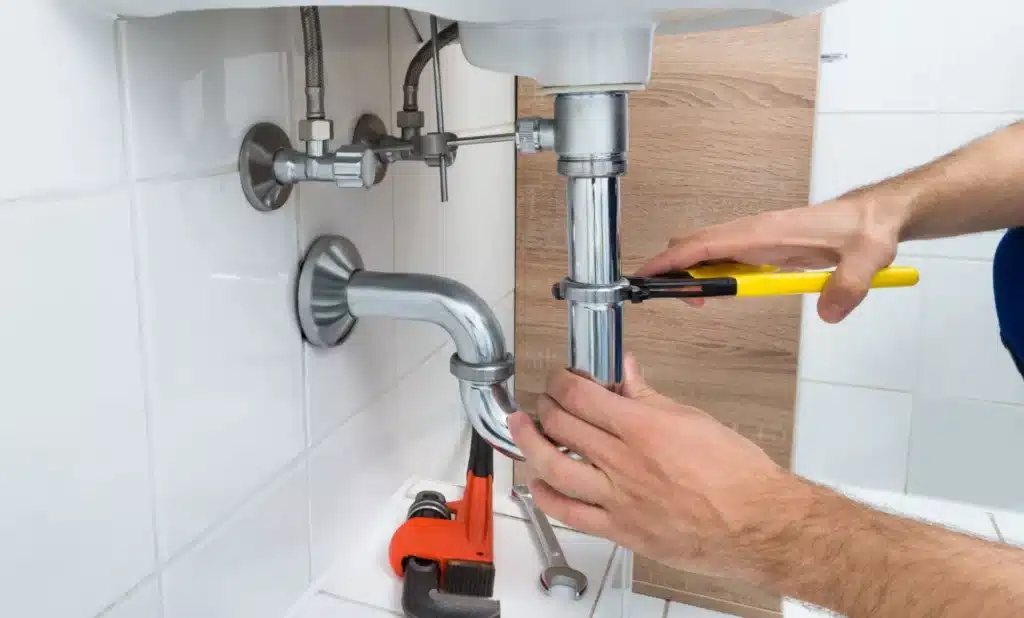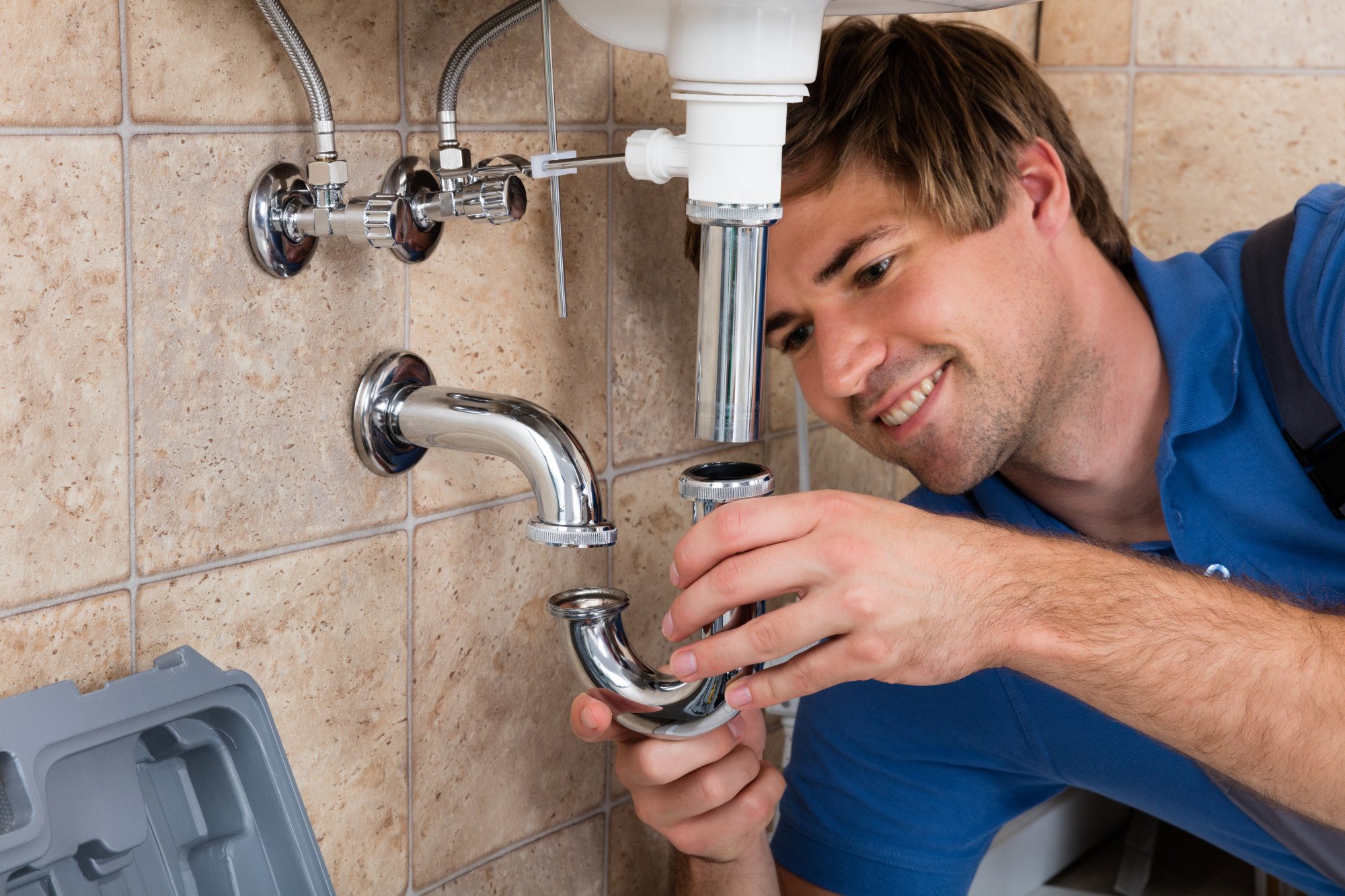What Is A Clean Out In Plumbing
Introduction
What Is A Clean Out In Plumbing: A cleanout in plumbing refers to an essential component of a drainage or sewer system that allows access to the pipes for cleaning, inspection, and maintenance purposes. It is a designated opening or access point usually located at strategic points along the plumbing system, providing plumbers or technicians with an entry point to remove blockages, perform repairs, and conduct routine maintenance tasks.
Cleanouts are typically installed at key locations in the plumbing system, such as at the base of vertical stacks, junctions, or where the pipes change direction. They are designed to accommodate the insertion of specialized tools, such as drain snakes or augers, to clear clogs and obstructions that can impede the flow of wastewater.
The primary function of a cleanout is to provide easy access to the sewer or drainage pipes, enabling effective troubleshooting and maintenance. Cleanouts come in various types, shapes, and sizes, depending on the specific requirements of the plumbing system. Common types include cleanout plugs, cleanout tees, and cleanout wyes. These fittings are designed to provide a secure and leak-proof seal when closed, preventing any wastewater or sewer gases from escaping into the surrounding environment.

What does clean out mean in plumbing?
Various reasons might cause plumbing waste and blockages over time. Hair, grease, soap residue, food particles, mineral deposits, and tree roots can clog sewer systems. These obstacles can restrict wastewater flow, cause backups, bad odors, and pipe bursts if left unchecked. Regular plumbing system cleaning and maintenance, including cleanouts, prevent such issues.
Cleanouts in the plumbing system are deliberately placed near vertical stacks, pipe junctions, or pipe changes of direction. They allow plumbers to clean, examine, and repair pipes easily. Plumbing system needs determine cleanout type and size.
The cleanout plug is a common cleanout. When closed, this removable cap or cover seals a cleanout aperture.
Plumbers may easily remove the plug to introduce specialized tools into the pipe to clean or repair it. Other entry points for complex plumbing installations include cleanout tees and wyes.
What is a plumbing clean out valve?
A clean out valve lets you access section of a clogged pipe. The cleanout valve may help you unclog a pipe if a snake or plunger failed.
The cleanout valve is usually placed at the base of vertical stacks, pipe junctions, or pipe changes. When closed, it seals tightly to prevent wastewater and sewer gasses from escaping.
Cleanout valves provide sewer or drainage line access. Plumbers can diagnose and correct plumbing issues with this access. Without a cleanout valve, disassembling larger plumbing systems to address the problem would take time, money, and effort.
For pipe maintenance or cleaning, the cleanout valve is opened or removed. Plumbers can then clear clogs, break up material, or repair the cleanout valve with drain snakes, augers, or hydro jetting. Cleanout valve access speeds use and reduces plumbing system disruption.
Cleanout valves differ by plumbing system and design. Threaded cleanout plugs and compression cleanout caps with gaskets are the most popular. Some cleanout valves have square or hexagonal heads for easy removal and tightening.
Why are clean outs installed in the plumbing system?
Accessibility for Maintenance and Cleaning: With cleanouts, professionals can quickly diagnose issues, remove blockages, and carry out necessary repairs.
Blockage Removal: Cleanouts allow plumbers to insert specialized tools such as drain snakes or augers to clear these blockages efficiently. By removing obstructions through cleanouts, the plumbing system can maintain proper water flow, preventing backups and potential damage.
Inspection and Troubleshooting: Cleanouts provide a means for plumbers to visually inspect the interior of the pipes. By incorporating cleanouts into plumbing systems, property owners and maintenance professionals can address plumbing issues promptly, preventing potential damage and ensuring the smooth operation of the overall system. Early detection of such issues allows for timely repairs, preventing further damage and costly repairs in the future.
Preventing Sewer Gas Odors: Sewer gases can create foul odors, posing health hazards and causing discomfort. Cleanouts, when properly sealed with cleanout plugs or caps, help prevent these gases from escaping into the surrounding environment.
Is clean out a plumbing fixture?
A drain cleanout is a plumbing fixture used to clear clogs in a home’s drainage system. It is designed to provide easy access to the drainage or sewer pipes for maintenance, cleaning, inspection, and repair purposes.
Cleanouts can take different forms, including cleanout plugs, cleanout tees, cleanout wyes, or other variations, depending on the specific requirements of the plumbing system. These fittings are not intended for regular use by occupants or users of a building but are primarily used by plumbers or technicians when necessary.
While cleanouts are not classified as plumbing fixtures, they are an essential component of the plumbing system. They provide a means for professionals to access and maintain the system effectively, ensuring proper water flow, addressing blockages, and preventing potential plumbing issues.

How big is a plumbing cleanout?
4 inches
Cleanouts on pipes up to 4 inches (102 mm) must match their nominal size. Cleanouts must be 4 inches for pipes greater than 4 inches (102 mm).
Residential Cleanouts: Residential plumbing cleanouts are usually 3–4 inches in diameter. These sizes fit normal home drainage and sewer pipe sizes.
Cleanouts in commercial plumbing systems may be larger to allow higher flow rates and pipe diameters. Commercial cleanouts can be 4 inches to 8 inches or more, depending on system requirements. The greater size makes commercial and industrial pipelines easier to access and maintain.
Pipe Diameter: Cleanout size depends on pipe diameter. The cleanout size must match the pipe diameter for good fit and function.
What size should a clean out be?
Except for plumbing beyond 4 inches, cleanouts must match the piping they feed.
Cleanouts should match pipe sizes. This fits well and simplifies pipe cleaning, inspection, and maintenance. Residential drain and major sewer pipe diameters are 1.5–4 and 4–6 inches. Commercial or industrial pipes may be larger. Cleanout size should match pipe diameter for compatibility.
Local plumbing codes may demand minimum cleanout sizes. These codes promote plumbing access, maintenance, and functionality. Check the plumbing code or municipal regulations regarding cleanout size.
Use and flow rate of the plumbing system may determine cleanout size. To meet demand, larger water systems may need larger cleanouts. Use predicted consumption and flow rate to size cleanup.
Accessibility, upkeep Accessibility and maintenance should guide cleanout design. Larger cleanouts may be easier to clean in commercial or industrial settings with larger pipes. Consider plumbing system access and maintenance when choosing a cleanout size.
What material is sewer cleanout?
PVC (Polyvinyl Chloride): PVC is a popular choice for sewer cleanouts due to its affordability, corrosion resistance, and ease of installation. PVC cleanouts are lightweight, durable, and resistant to chemicals and moisture.
Cast Iron: Cast iron is resistant to heavy loads, making it suitable for applications where there may be pressure or weight exerted on the cleanout. However, cast iron is heavier than other materials, which can make installation more challenging.
ABS (Acrylonitrile Butadiene Styrene): ABS cleanouts are similar to PVC in terms of their characteristics and installation methods. They are lightweight, durable, and resistant to chemicals. By incorporating cleanouts into plumbing systems, property owners and maintenance professionals can address plumbing issues promptly, preventing potential damage and ensuring the smooth operation of the overall system.
Brass: Brass cleanouts may be more expensive than other materials but offer excellent durability and resistance to wear and tear. By incorporating cleanouts into plumbing systems, property owners and maintenance professionals can address plumbing issues promptly, preventing potential damage and ensuring the smooth operation of the overall system.
Why is water coming out of my cleanout pipe?
A little metal sign on the ground will indicate the cleanup. If sewage flows from the cleanout into your yard, sidewalk, or storm drains, your sewer line is clogged.
Water coming out of the cleanout line when using sinks, toilets, or showers may indicate a congested drainage system. Clogs block water flow, causing it to back up and exit through the cleanout pipe. An individual drain clog or a main sewer system issue can cause this.
High Water Table: High water tables can cause cleanout pipe water. A high water table develops when groundwater exceeds the cleanout pipe. This can cause water to enter the sewer system through the cleanout pipe during heavy rain or flooding.
Plumbing Venting Issues: Vents maintain pressure and efficiently move wastewater in plumbing systems. A clogged or damaged vent pipe can interrupt airflow and force water back through the system and out the cleanout line.
Sewer Line Damage: Cracks, fractures, or collapsed sewer lines can let water through the cleanout pipe. Pipe damage can come from age, corrosion, ground shifting, or invasive tree roots.

Conclusion
Cleanouts play a crucial role in maintaining the functionality and efficiency of plumbing systems. They provide easy access to pipes for cleaning, inspection, and repair purposes, reducing downtime and ensuring proper wastewater flow. By incorporating cleanouts into plumbing systems, property owners and maintenance professionals can address plumbing issues promptly, preventing potential damage and ensuring the smooth operation of the overall system.
Cleanouts eliminate the need for extensive disassembly of the sewer cleanout when troubleshooting or performing maintenance tasks, saving time and costs. They offer a convenient entry point for specialized tools, such as drain snakes and augers, allowing professionals to clear clogs and obstructions effectively. The various types of cleanouts available, such as cleanout plugs, cleanout tees, and cleanout wyes, provide a secure and leak-proof seal when closed, preventing wastewater and sewer gases from escaping into the surroundings.
By incorporating cleanouts into plumbing systems, property owners and maintenance professionals can proactively address plumbing issues, avoiding potential damage and ensuring the smooth operation of the entire system. In essence, cleanouts are essential components that contribute to the reliability, functionality, and longevity of plumbing systems. Their presence enables efficient maintenance and repairs, ensuring the proper flow of wastewater and preventing costly plumbing problems in the long run.








